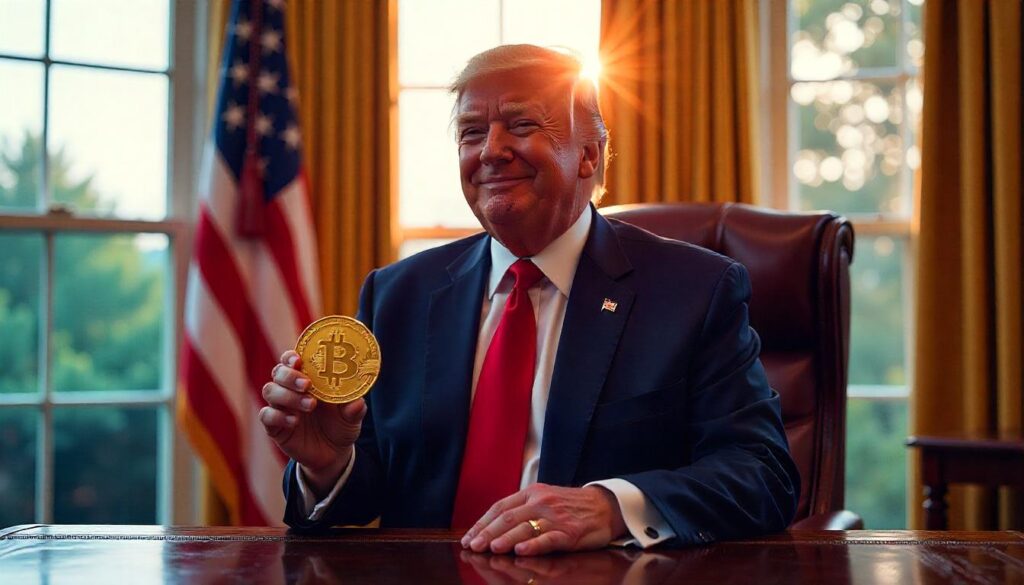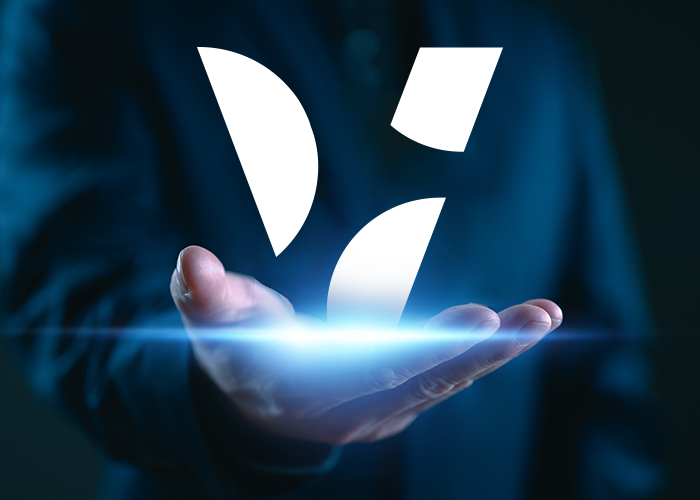In a landmark move, President Donald Trump has signed an executive order establishing the Strategic Bitcoin Reserve (SBR) and the U.S. Digital Asset Stockpile. This initiative, aimed at positioning the U.S. as a dominant player in the global digital asset landscape, represents a bold leap toward securing and integrating Bitcoin into national economic strategy. The Strategic Bitcoin Reserve is not only a symbol of the U.S. government’s growing acceptance of cryptocurrencies but also a harbinger of broader shifts within the world of digital assets. A crucial element of this broader transformation involves Real-World Asset (RWA) tokenization, a process that will likely be significantly impacted by the SBR.

Understanding the Strategic Bitcoin Reserve
The Strategic Bitcoin Reserve is a federal initiative that capitalizes on the U.S. government’s existing Bitcoin holdings, which were acquired through asset forfeitures, rather than through direct purchases on the open market. This reserve will serve as a national digital asset stockpile, enhancing the U.S.’s ability to stabilize and manage the Bitcoin market. Unlike previous government actions related to cryptocurrency, which often involved selling seized Bitcoin, the SBR aims to treat these holdings as long-term assets to be safeguarded for future strategic use.
The reserve is expected to be managed by the Secretaries of the Treasury and Commerce, ensuring that any acquisitions or management of Bitcoin assets are carefully considered to minimize taxpayer costs. The reserve will likely play a critical role in the broader acceptance of Bitcoin as a legitimate financial asset, enhancing its credibility and stability as the U.S. government embraces its potential as a strategic resource.
The SBR’s Impact on the Crypto Industry
The establishment of the Strategic Bitcoin Reserve signals the U.S. government’s recognition of Bitcoin’s growing importance on the global stage. Bitcoin has already proven its resilience as a store of value and has seen increasing institutional adoption. However, one of the key criticisms of Bitcoin’s broader adoption has been the lack of government backing and regulatory clarity. With the SBR, the U.S. is signaling a shift in its approach to Bitcoin, taking steps to institutionalize it as part of the nation’s reserve assets.
By setting aside a reserve of Bitcoin, the U.S. government is effectively endorsing Bitcoin’s role as a global reserve asset, akin to gold or other national reserves. This strategic positioning will help to stabilize the Bitcoin market and may reduce volatility in the short term. While this move is unlikely to lead to significant price fluctuations in the immediate future, over time, it may help establish Bitcoin as a more stable and reliable asset in global markets.
The Importance of RWA Tokenization in the Context of the SBR
The strategic importance of Bitcoin, particularly in the form of the Strategic Bitcoin Reserve, cannot be overstated in the context of Real-World Asset (RWA) tokenization. RWA tokenization refers to the process of converting physical or traditional financial assets, such as real estate, commodities, or even equities, into digital tokens on a blockchain. This process allows these assets to be easily traded, transferred, and fractionalized, opening new avenues for liquidity and investment.
The SBR could become a pivotal element in the tokenization of real-world assets, especially as blockchain technologies continue to evolve. There are several reasons why this is the case.
Facilitating Liquidity and Investment Through Tokenization
One of the most significant hurdles to RWA tokenization has been liquidity. Traditional markets are often bound by geographical, regulatory, and operational limitations that make it difficult for investors to access or trade RWAs. By integrating Bitcoin into a national reserve and expanding the infrastructure surrounding digital assets, the U.S. is laying the groundwork for more accessible and liquid RWA markets.
With Bitcoin recognized as a legitimate reserve asset, financial institutions, businesses, and individual investors will feel more comfortable adopting blockchain-based technologies to tokenize RWAs. The Strategic Bitcoin Reserve can help provide the necessary stability and security for these digital assets, fostering trust in the infrastructure that supports the tokenization process. As more financial instruments and assets are tokenized, there will be an increasing demand for secure and stable digital currencies like Bitcoin to serve as the backbone of these markets.
A Bridge Between Traditional Finance and Blockchain
The establishment of the Strategic Bitcoin Reserve marks a crucial step toward bridging the divide between traditional finance and blockchain technology. As governments and financial institutions explore blockchain-based systems, the tokenization of RWAs is becoming an essential component of their strategies. The SBR can serve as a conduit for transitioning traditional financial systems into the blockchain era, offering a secure and reliable medium for storing and transferring value.
For example, in real estate markets, tokenization allows for fractional ownership of properties, making it easier for smaller investors to participate in high-value assets. With the backing of a national reserve like the SBR, these digital tokens could gain the credibility and stability needed for mass adoption.
Furthermore, the integration of Bitcoin into the reserve system will likely help address regulatory concerns surrounding tokenized assets. Governments around the world have been cautious about tokenizing real-world assets, especially in regulated industries like real estate or commodities. By demonstrating its willingness to adopt Bitcoin as a reserve asset, the U.S. is setting a precedent for other nations to follow, potentially creating a more favorable environment for the growth of tokenized markets.
The Future of Tokenization and the Role of the SBR
The Strategic Bitcoin Reserve will likely serve as a model for other nations considering similar initiatives. As more countries explore the potential of blockchain technologies, the SBR could play an instrumental role in the creation of a global digital asset ecosystem. The future of RWA tokenization will hinge on the development of this ecosystem, where Bitcoin and other digital assets can be used to support the liquidity, accessibility, and security of tokenized markets.
In addition, the SBR could help catalyze the tokenization of more complex assets, such as intellectual property, bonds, or even entire companies. The possibilities are endless, and the increasing stability provided by national reserves like the SBR will likely play a pivotal role in accelerating the adoption of tokenized assets.
Conclusion
The Strategic Bitcoin Reserve represents a monumental shift in the way governments view and handle digital assets. By recognizing Bitcoin as a strategic asset and incorporating it into national reserves, the U.S. is setting the stage for broader adoption of cryptocurrencies and blockchain technologies. The SBR’s impact on the RWA tokenization process cannot be overstated. It will provide the necessary stability, liquidity, and credibility to push tokenization into the mainstream, unlocking new investment opportunities and transforming traditional markets.
As more governments and institutions follow the U.S.’s lead, the SBR could help create a more unified and stable digital asset ecosystem, one where Bitcoin and tokenized assets become integral to global financial systems. This, in turn, will catalyze the tokenization of real-world assets, providing investors with greater access to previously illiquid markets and reshaping the landscape of modern finance.







